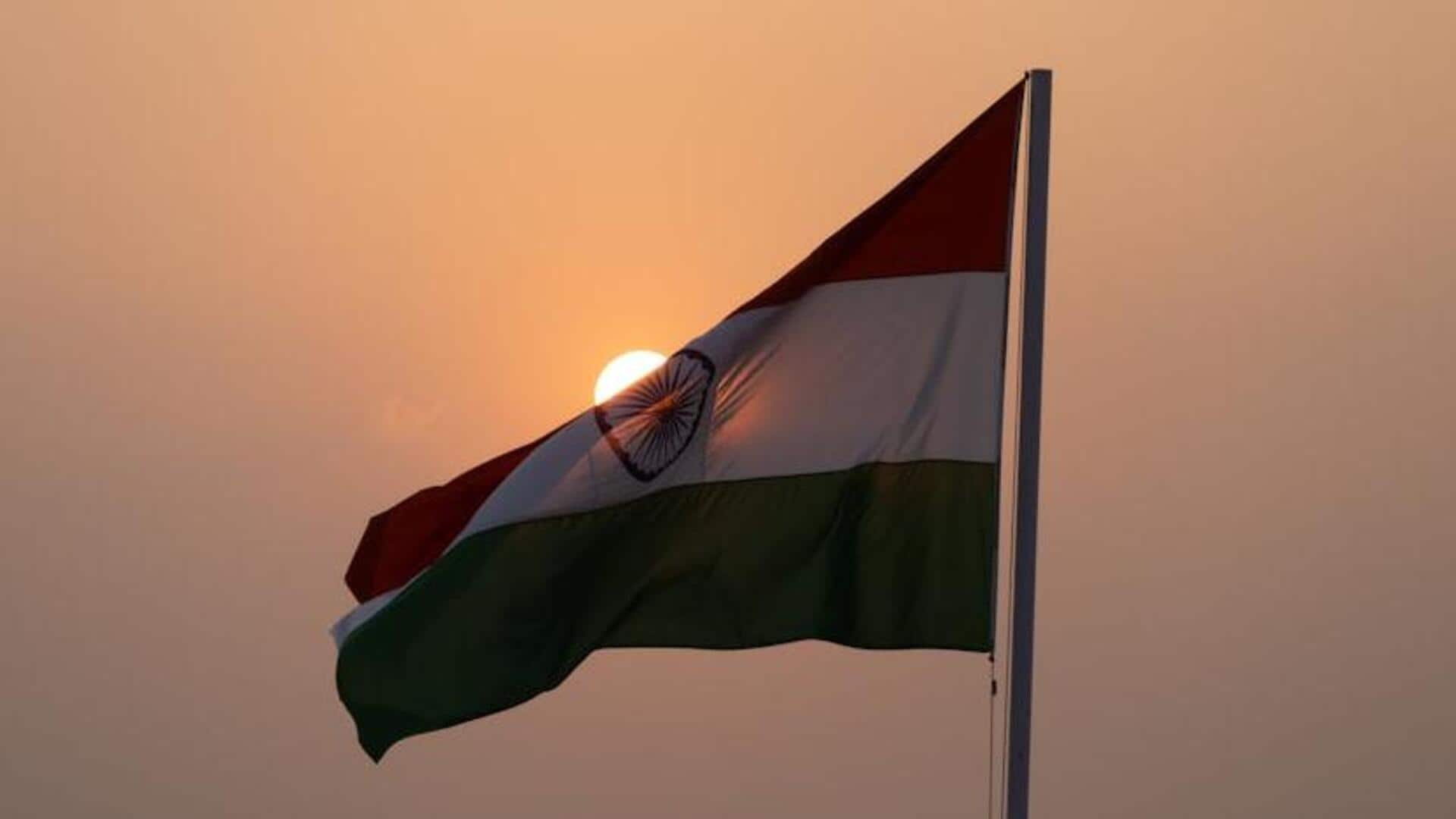
Historical events that were pivotal in shaping India's freedom
What's the story
The long and determined effort of the Indians to gain complete freedom remains a testament to their resolute determination. Commencing with the significant Revolt of 1857, the quest for Indian freedom culminated in the nation's autonomy in 1947. As India celebrates the 78th anniversary of its Independence, let us delve into key historical events that were pivotal in shaping the country's freedom movement.
1857
Revolt of 1857
The 1857 revolt marked the start of India's fight against British rule. It all began on May 10 in Meerut, when Indian sepoys rebelled against British officers. This rebellion resulted in the British Crown taking over from the East India Company in 1858. The spark was the 'Enfield' rifle that sepoys believed had animal fat in its cartridges, which clashed with their religious beliefs.
1917
The Champaran Satyagraha
In 1917, Mahatma Gandhi initiated the Champaran Satyagraha. This movement saw farmers from Bihar's Champaran standing against having to cultivate indigo, for which they received very meager pay. This made it hard for them to survive because they needed to grow food. The European planters were hurting the land's fertility, which prompted the farmers to raise their voices in protest.
1920
Non-Cooperation Movement
In 1920, Mahatma Gandhi assumed leadership of Congress and initiated the Non-Cooperation Movement. It promoted nonviolence and included actions like boycotting British goods, backing local artisans, and protesting against liquor shops. Gandhi traveled the country to explain the movement's principles to the people. However, the movement ended in 1922 due to a violent incident at Chauri Chaura police station.
1930
Dandi March
In 1930, Mahatma Gandhi led a non-violent civil disobedience movement called the Dandi March in colonial India. People were upset about a salt tax imposed by the British. Gandhi and his followers walked from Sabarmati Ashram to Dandi, a town in Gujarat. There, they made salt from seawater, even though it was against the law. Over 60,000 were arrested in the nationwide movement.
1942
Quit India Movement
The Quit India Movement emerged as a response to the unsatisfactory Cripps Mission in March 1942. The INC, disappointed by the lack of constitutional solutions, initiated widespread civil disobedience. Led by Gandhi in August 1942, the Bharat Chhodo Andolan aimed to compel the British to leave India. Despite government suppression, Indians remained unfazed in their determination, demanding complete independence.